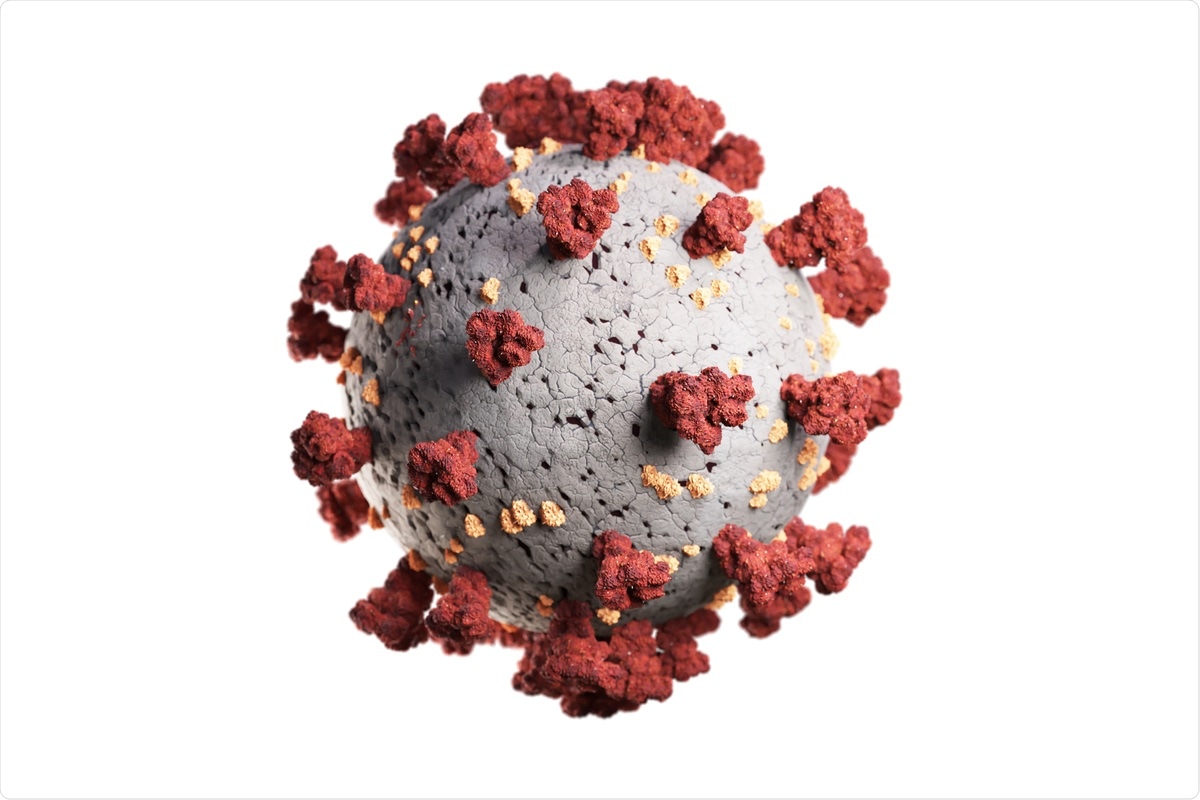Scientists across the world have worked at an unprecedented rate to characterize severe acute respiratory syndrome coronavirus 2 (SARS-CoV-2), the causal agent of the coronavirus disease 2019 (COVID-19) pandemic. To this end, several vaccines and therapeutics have been developed to protect individuals from SARS-CoV-2, as well as reduce mortality rates due to SARS-CoV-2 infection.

Study: Functional analyses and single-cell immunoprofiling uncover sex-specific differences in SARS-CoV2 immune memory development. Image Credit: Imilian / Shutterstock.com

 *Important notice: Research Square publishes preliminary scientific reports that are not peer-reviewed and, therefore, should not be regarded as conclusive, guide clinical practice/health-related behavior, or treated as established information.
*Important notice: Research Square publishes preliminary scientific reports that are not peer-reviewed and, therefore, should not be regarded as conclusive, guide clinical practice/health-related behavior, or treated as established information.
Background
In-depth immunoprofiling of individuals infected with SARS-CoV-2 has offered better insights into the basic immune response to acute infection. Previous studies have found a correlation between severe SARS-CoV-2 infection and signature cytokine profiles, which include the cytokine storm and cellular compositions. Some studies have also focused on identifying neutralizing antibodies that are generated during COVID-19, as well as on the SARS-CoV-2 epitopes recognized by memory T-cells.
Single-cell sequencing technologies have been widely used to map T- and B-cell receptor (TCR/BCR) sequences and transcriptional profiles. However, the connection between TCRs, epitopes, and T-cell function and their impact on the development of antibody responses, are poorly understood. Thus, the analysis of immune responses of individuals who were naturally exposed to SARS-CoV-2 has provided insights into the development of immune protection against SARS-CoV-2, as well as other novel pathogens.
About the study
In a new study under consideration at a Nature Portfolio Journal and published on the Research Square* preprint server, researchers evaluate both neutralizing activity and T-cell responses in SARS-CoV-2 infected individuals with mild symptoms linked to a single spreading event. A varied production of T-cell cytokines including Th1, Th2, and Th17 cells was observed in response to both the SARS-CoV-2 spike (S) and nucleoprotein (N) proteins.
In the current study, the researchers used an existing cohort of convalescent individuals, which was previously used for another study by the same authors to profile antibody responses. They used this relatively homogenous study cohort, where all samples were collected from convalescent individuals who were at around six to ten weeks post-mild disease to determine neutralizing antibody responses and T-cell memory.
Understanding the sex-related differences in COVID-19 responses
A large range of neutralization activity was not found to be correlated with age and gender. The researchers investigated T-cell responses as the key factor for antibody development and found a large diversity, both in terms of the nature of the response and magnitude.
To this end, interferon γ (IFN-γ) was developed in response to the SARS-CoV-2 S protein and interleukin 2 (IL-2), IL-5, IL-17F, and tumor-necrosis factor α (TNF-α) were produced in response to N peptides. Interestingly, the T-cell response to N was found to be a better predictor of the previous infection as compared to the S protein.
No significant differences were observed in the magnitude of B- and T-cell responses. In contrast, an orchestration of B-T collaboration was observed during the development of neutralizing antibodies.
A strong association was observed between TNF-α responses and neutralizing activity in male participants; however, such a correlation did not appear among female candidates. Several previous studies have revealed that female candidates exhibit higher innate and adaptive immune responses. Additionally, a higher frequency of autoimmune diseases was also observed in females compared to males.
Prior studies have indicated that males are more susceptible to COVID-19 than females. Scientists have proposed many non-exclusive mechanisms such as differences in mucosa-associated invariant T (MAIT) cells and varied kynurenic acid levels to explain gender-based differences in susceptibility to acute SARS-CoV-2 infection.
In the current study, the researchers suggest that differences in type I IFN signaling in male and female candidates could be the main contributing factor for the sex-specific impact of T-cells on neutralizing antibodies. Furthermore, specific TCRs were also associated with this population of cytokine-producing cells.
Although all analyses were carried out on subjects infected with the original SARS-Cov-2 strain, several studies have reported that novel variants are well-recognized by T-cells elicited by a previous strain. The main importance of this study is that it has provided insight into sex-specific differences in the immune responses to natural COVID-19. In addition, the current study findings indicate mechanisms behind the differential immune response based on gender.
Conclusions
The present study identified a sex-specific association between T-cell cytokine production and the development of neutralizing antibody responses. To this end, several genes were found to be upregulated in a sex-specific manner that was associated with COVID-19 responding CD4 + T-cells and the production of type 1 IFN.
Taken together, the researchers believe a deeper understanding of the impact of sex on immunity will help in the development of future COVID-19 vaccines.

 *Important notice: Research Square publishes preliminary scientific reports that are not peer-reviewed and, therefore, should not be regarded as conclusive, guide clinical practice/health-related behavior, or treated as established information.
*Important notice: Research Square publishes preliminary scientific reports that are not peer-reviewed and, therefore, should not be regarded as conclusive, guide clinical practice/health-related behavior, or treated as established information.